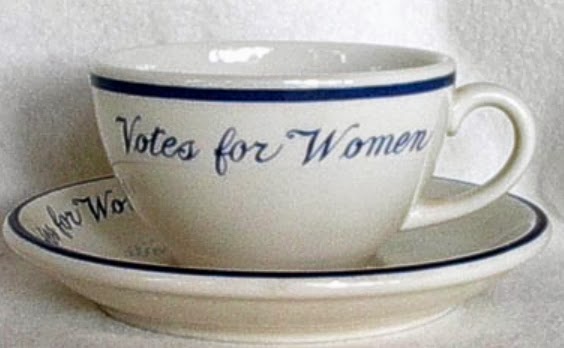 “Hot Tea Month” is almost over, but there’s still room for a good hot cup of tea, plus two great articles. One is from Grandmother’s Choice, a terrific web site that is ending its focus on women’s rights. The Underground Railroad is next, and many suffrage activists also were part of that movement. As a loyal follower of Grandmother’s Choice, we’ll miss the suffrage history! See great tea cup spread. Grandmother’s Choice PDF.
“Hot Tea Month” is almost over, but there’s still room for a good hot cup of tea, plus two great articles. One is from Grandmother’s Choice, a terrific web site that is ending its focus on women’s rights. The Underground Railroad is next, and many suffrage activists also were part of that movement. As a loyal follower of Grandmother’s Choice, we’ll miss the suffrage history! See great tea cup spread. Grandmother’s Choice PDF.
Enjoy this special article from the Canton Tea Company in the UK which caters to those who love tea. See below!
The English suffrage movement’s tea parties by Kate/Canton Tea Company
Tea has many unusual connections but one of the least obvious perhaps is the fact that towards the end of the 19th century, tearooms provided a safe haven and meeting place for the women suffragists and may have been instrumental in furthering their cause.
In many areas of Britain, local branches of the women’s movement grew out of the temperance societies. T-Total meetings were often just very large tea parties (with a sermon or two thrown in) and the women, who brewed gallons of tea and dished it out in mugs, encouraged “guests” to turn away from harmful alcohol and instead drink “the cup that cheers but does not inebriate.”
Towards the end of the 19th century, society was changing fast. New public transport allowed easier movement into and around town, more women were working in professional employment, going out more, shopping in the new department stores. And yet, there were no even moderately respectable places where some kind of refreshment could be taken by female shoppers.
BAD MANNERS TO REFER TO WOMEN’S BODIES
When William Whitely opened his department store in Bayswater in the 1870, he applied for a licence to open a restaurant inside the store but was refused on the grounds of its potential for immoral assignations! And where were women to wash their hands and find other essential comforts? It was still considered very improper and frightfully bad manners to refer to women’s bodies, and finding a lavatory was almost impossible.
The provision of public conveniences for ladies was considered outrageous and it was not until 1884 that the first “convenience” run by the Ladies Lavatory Company opened near Oxford Circus. To provide for women’s needs, women-only clubs started appearing – The University Women’s Club in 1883, The Camelot Club for shop and office workers in 1898, Harrods Ladies Club in 1890. And women met more and more frequently in tearooms.
Tea had always had very genteel connections. As the public tearooms became more and more popular during the 1880s and 90s, they were recognised as very respectable places where women could enjoy a peaceful cup of tea away from the hurley-burley of busy urban streets. They created the perfect place for a little light refreshment, for a chat, and for discussions about politics and votes for women and, of course, for planning campaigns and demonstrations.
INDEPENDENCE AND TEA PARTIES WENT HAND IN HAND
In Votes For Women, published in 1956, Roger Fulford wrote: “The spread of independence was helped by the growth of the tea shop. A few expensive restaurants existed but apart from these, there were no places for a quick meal other than the formality of the large damask tablecloth and best silver at home, or the brisk clatter of the bar parlour. The tea shop gave the young – perhaps in revolt against the stuffiness of family afternoon tea – an ideal meeting place; it was an integral part of the women’s liberation movement.” And according to Margaret Corbett Ashby, the teashops run by the ABC (Aerated Bread Company) were “an enormous move to freedom.” Once the suffrage campaign got going, the tearooms played a central part.
YOUNG HOT BLOODS TOOK TO TEA
In 1907, the Young Hot Bloods (the younger members of the Women’s Social & Political Union, founded in 1907) met at a tea shop in the Strand. And Alan’s Tea Room at 263 Oxford Street regularly advertised the free use of its large function room for members of the Women’s Social Political Union. Records show that the room was used in 1910 by the Tax Resistance League and in 1911 by the Catholic Women’s Suffrage Society for its inaugural meeting. In 1913, at the end of the “pilgrimage” to London by the NUWSS (the National Union of Women’s Suffrage Societies), some of the women (a few from the 50,000 who attended the rally) went to Alan’s for dinner and no doubt for several restorative and well-deserved cups of tea! (Complete Canton Tea Company article in PDF format.)
Don’t forget that U.S. suffrage activist Lucretia Mott loved oolong tea. Stock up for gatherings with friends and family members.
Follow the Suffrage Wagon with twice weekly postings of news and views of the movement. Suffrage Wagon has YouTube and Vimeo channels. Suffrage Wagon video for “Hot Tea Month.” Make a cup of hot tea and relax.
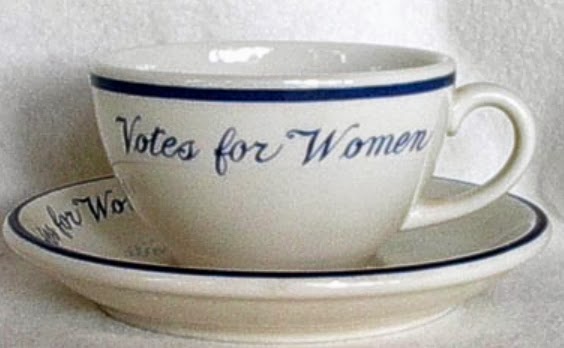
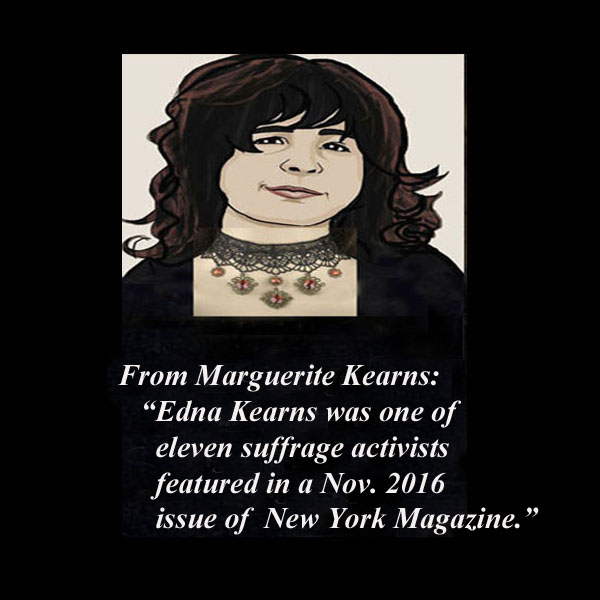
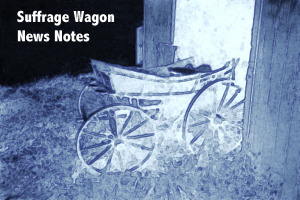
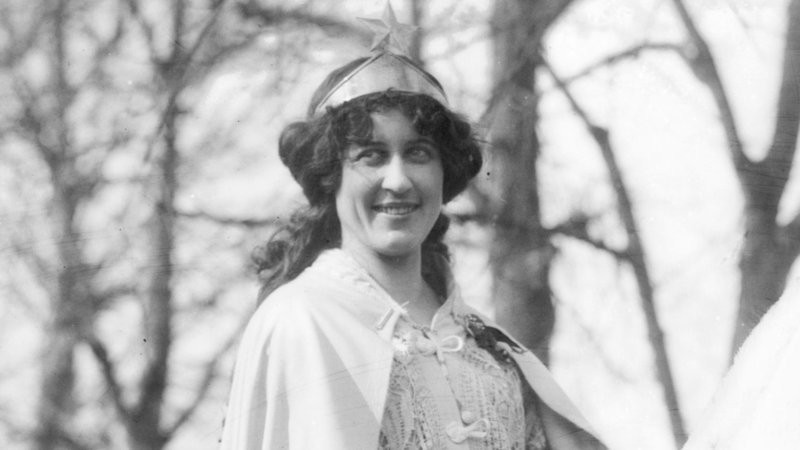
0 Comments